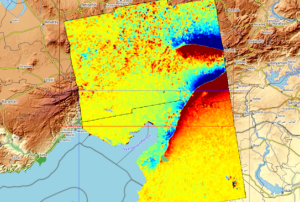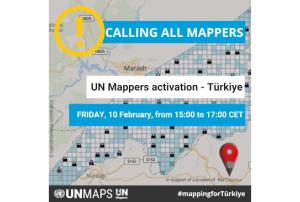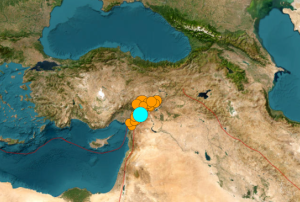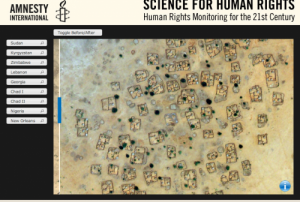Turkey and Syria recently experienced two devastating earthquakes of magnitude 7.8 and closely followed by a magnitude 7.5, resulting in extensive damage and destruction. The International Charter 'Space and Major Disasters' was activated by Turkish authorities, the United Nations, and the International Federation Red Cross & Red Crescent Societies in response to the earthquakes. The Charter provided more than 350 crisis images from 17 space agencies worldwide, which were used to create damage and situation maps to estimate the hazard impact and support relief actions. The Copernicus Emergency Mapping Service (CEMS), which has a cooperation agreement for sharing data and collaborating with the Charter, has also been activated. The service, which has a collaboration agreement for data sharing and working with the Charter, also employs observations from several satellites to deliver on-demand mapping.
Satellite data is proving to be invaluable for emergency aid…
more



